-
CATEGORY ::
- All Seeds /
- All Grass Seed /
- All Bent Grass Seed



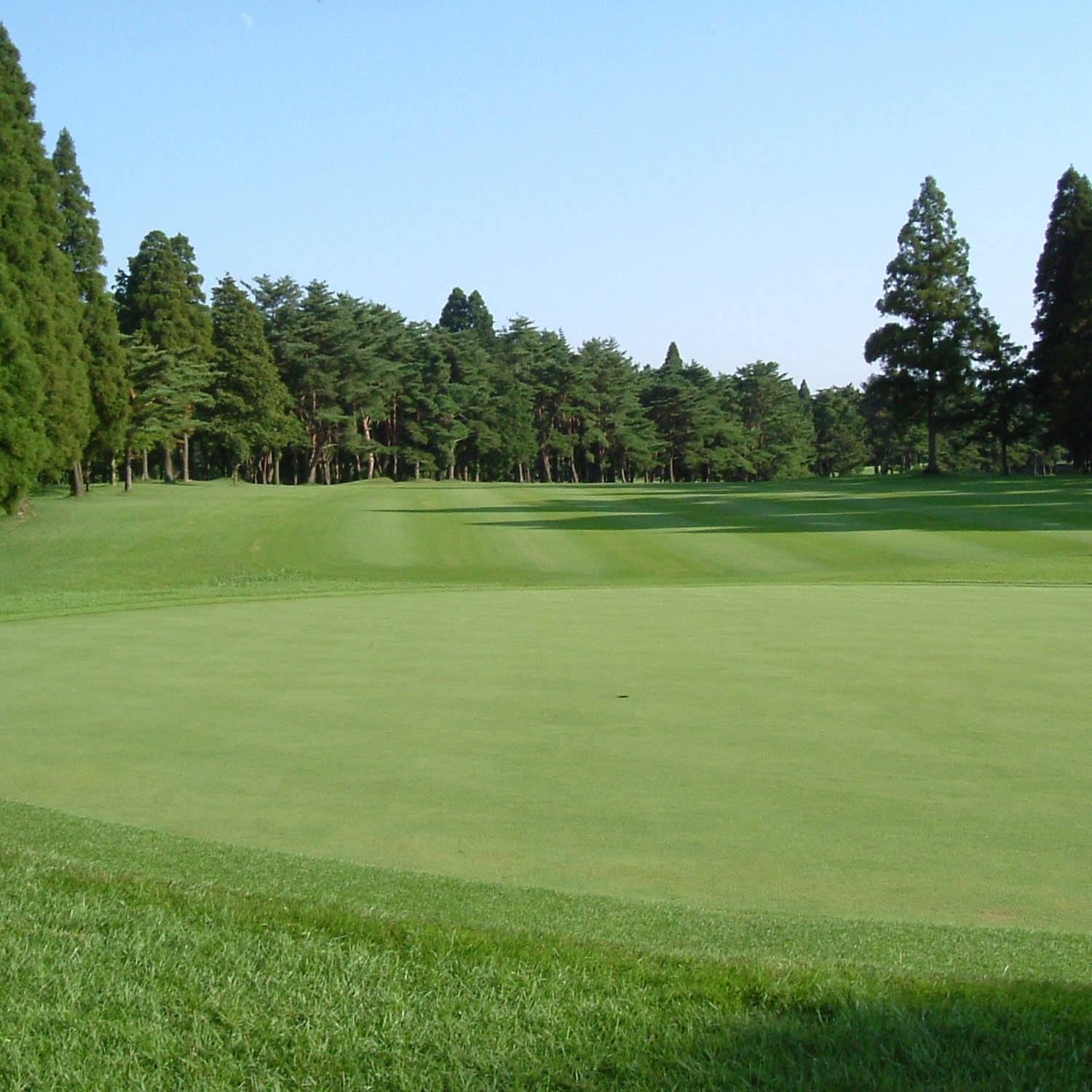
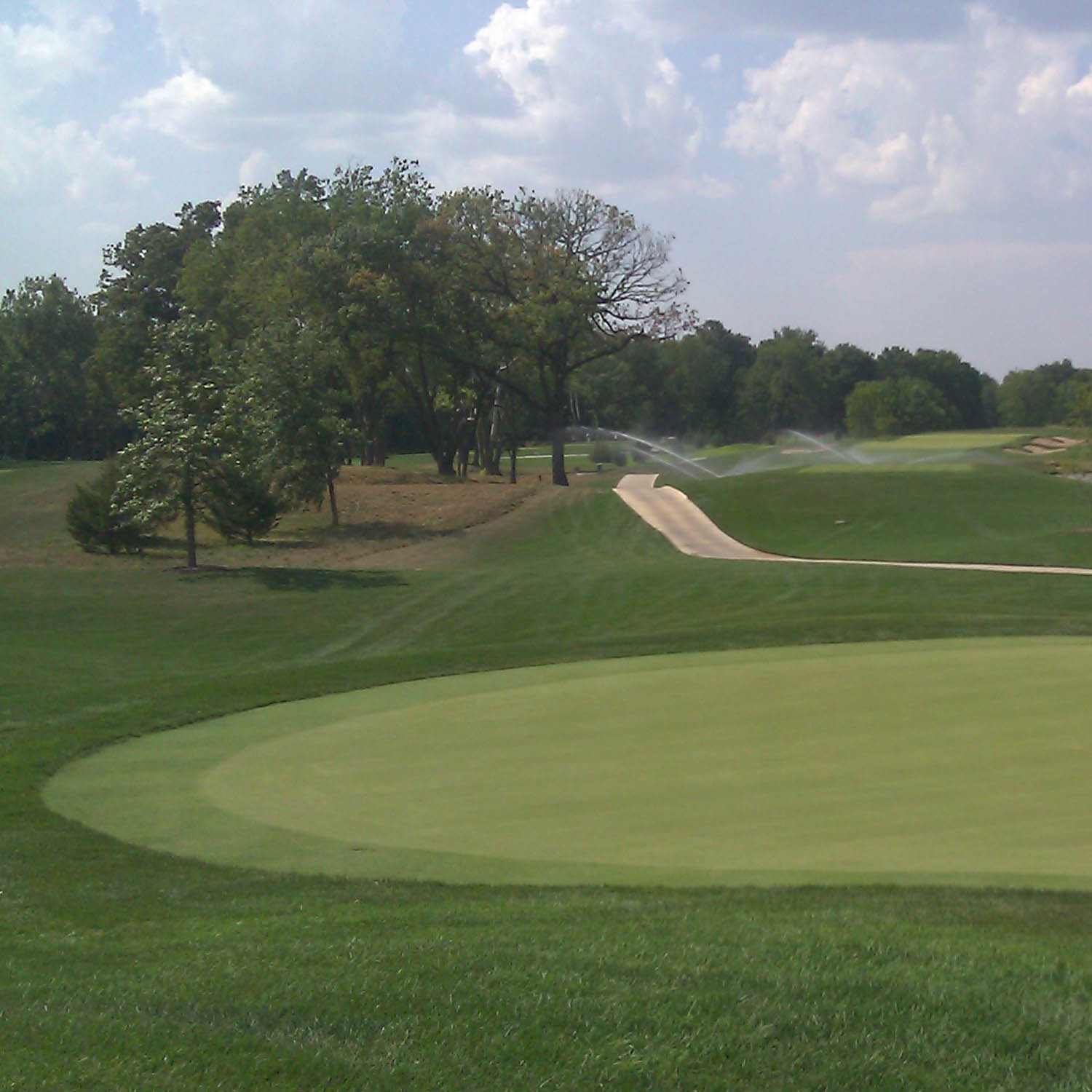
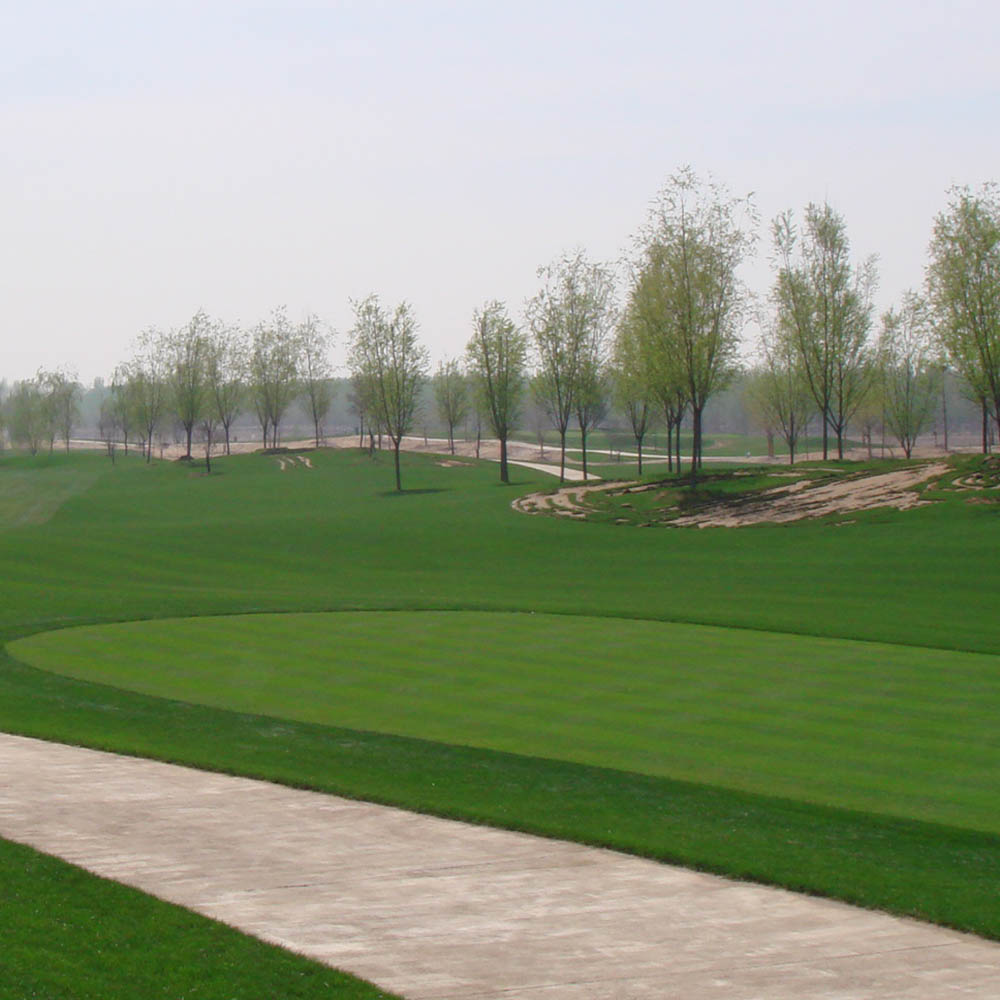
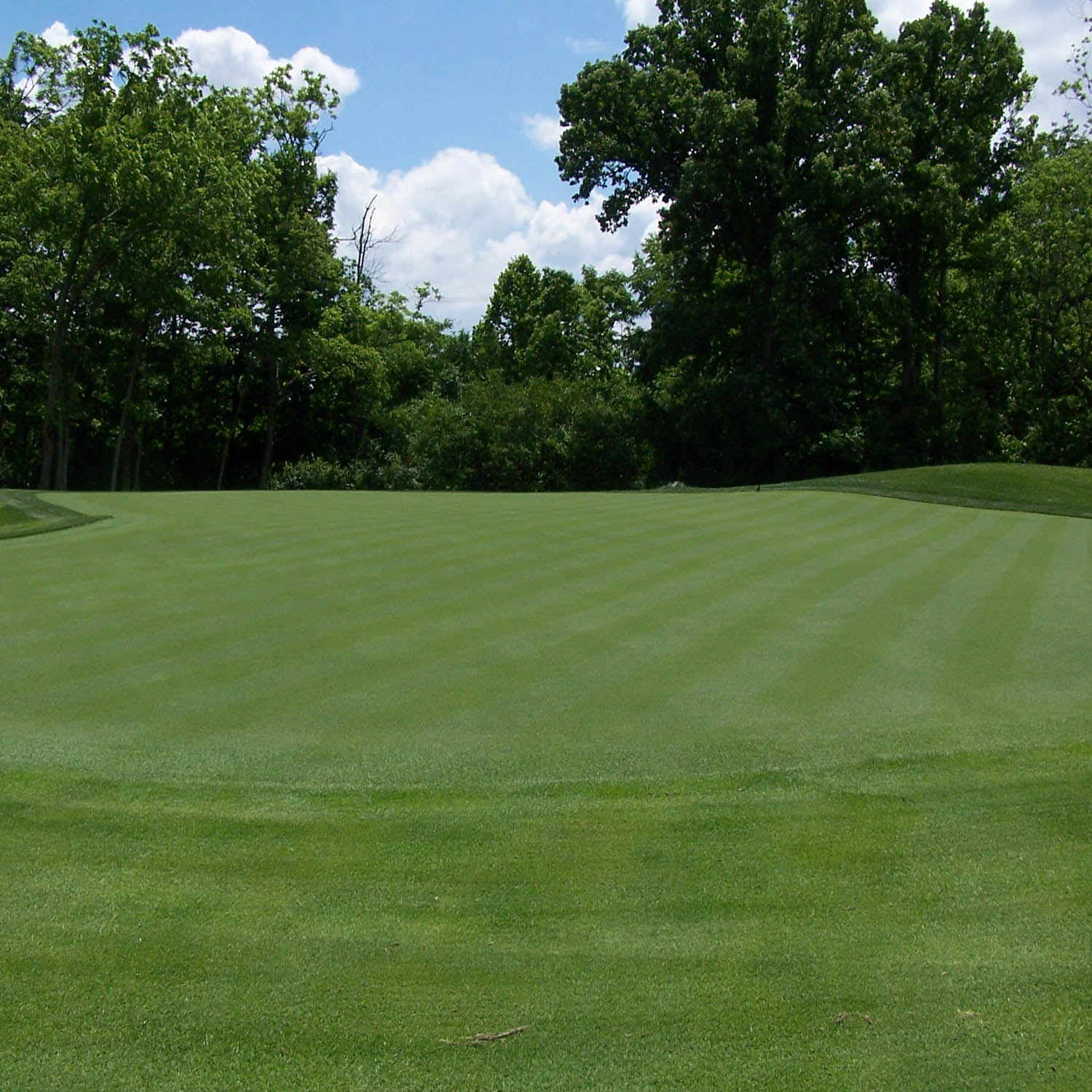
T-1 Creeping Bent Grass
About...
T-1 creeping bent grass has emarkable genetic color and consistently ranked #1 in NTEP trials for its dark green color. The hue is distinctive. T-1 bentgrass presents a rich, ivy-toned appearance. Even the man who developed the variety wondered if T-1 would be embraced by agronomic traditionalists. ALIST Turf certified.MORE BENT GRASS OPTIONS
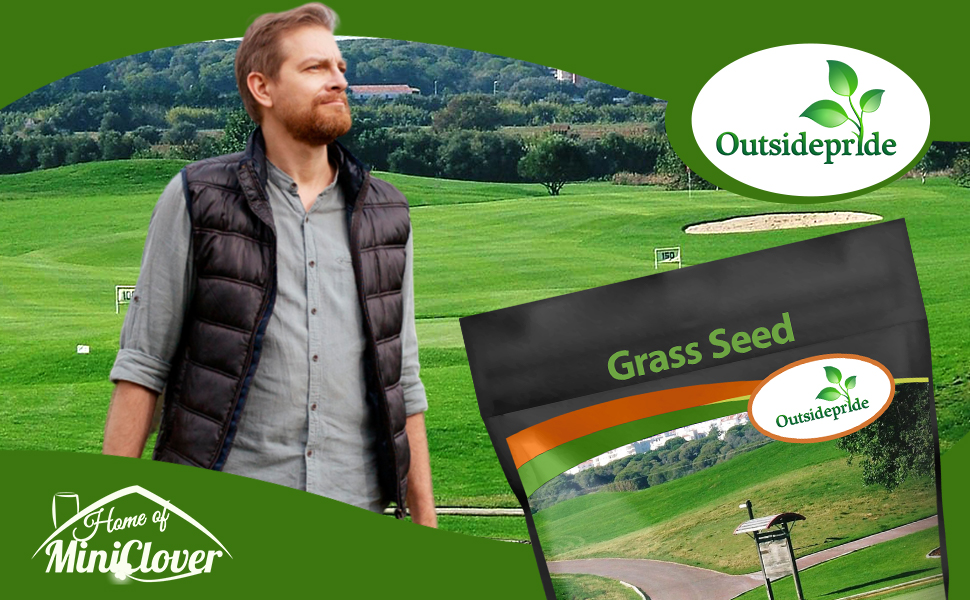
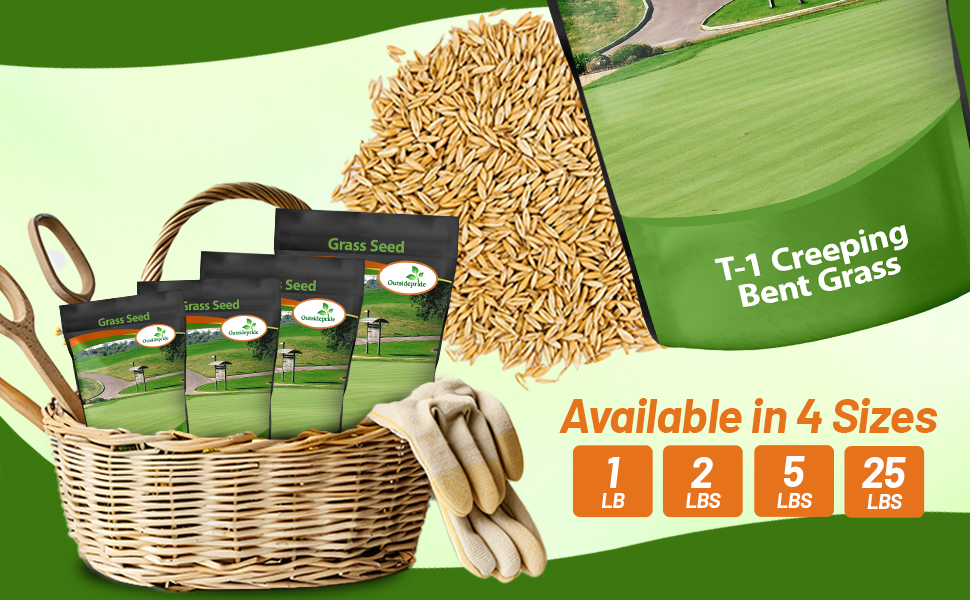

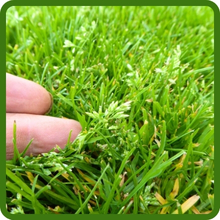



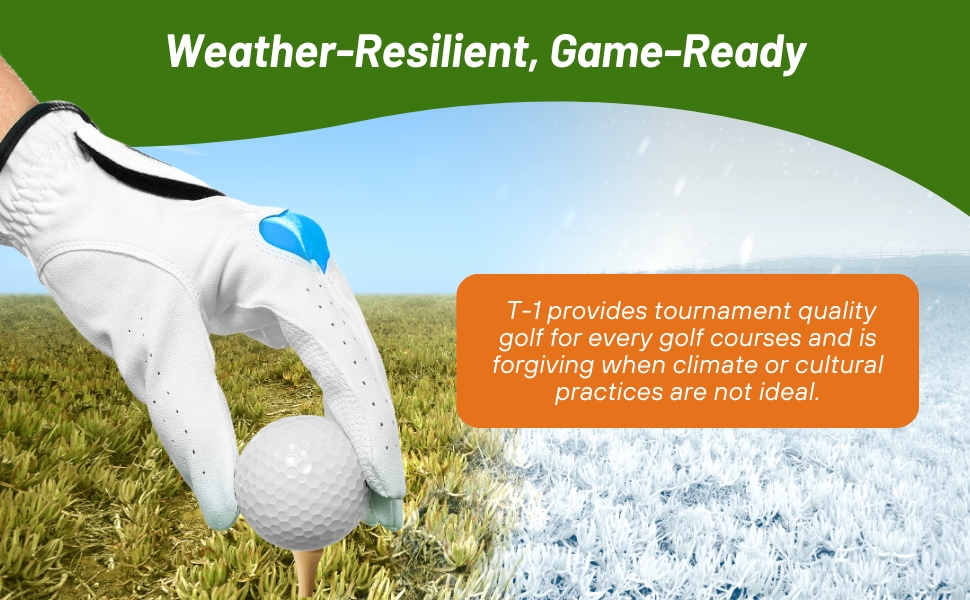
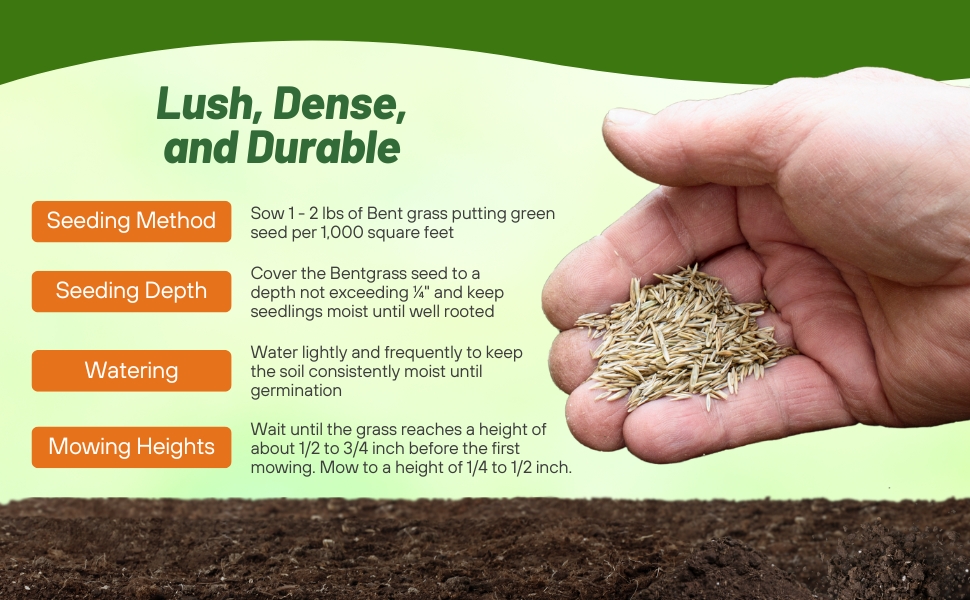
T-1 creeping bent grass has emarkable genetic color and consistently ranked #1 in NTEP trials for its dark green color. The hue is distinctive. T-1 bentgrass presents a rich, ivy-toned appearance. Even the man who developed the variety wondered if T-1 would be embraced by agronomic traditionalists. "I thought it would be too dark for people," says Dr. Doug Brede, research director for Jacklin Seed. "But everybody loves it because you can grow it with less nitrogen and have that nice T-1 color. It never really turns pale on you."
Its dark green color is not the only characteristic that T-1 is known for. The plants that went into T-1 excelled at keeping Poa at bay. In fact, they made visible gains against Poa every year. The T-1 variety has been planted on more new golf courses worldwide in the last 5 years than any other bentgrass.
T-1 offers championship quality without championship maintenance. Unlike some earlier bents generations, T-1 was bred and optimized with the mid-budget golf course in mind. T-1 provides tournament quality golf for every golf courses and is forgiving when climate or cultural practices are not ideal. Originating from selections found on 40 to 100-year-old golf course bentgrass stands in the Southern United States, crossed with dwarf-type cultivars found in Oregon, T-1 possesses unique and versatile genetics. These diverse genetics allow T-1 to thrive under varying management practices and provide aggressive stoloniferous growth.
Characteristics
- Tenacious ground coverage – The single biggest factor that sets T-1 apart is ground coverage. T-1 retains ground coverage under some incredibly tough growing conditions.
- Aggressive against Poa – Jacklin Seed (breeder) tests every single bent strain in our breeding program against Poa annua. If it can’t hold up against Poa, we pitch it. All of the plants that went into T-1 excelled at keeping Poa at bay. In fact, they made visible gains against Poa every year.
- T-1 is the "Forgiving Bent" – Unlike some earlier bents, T-1 was bred and optimized with the mid-budget golf course in mind. T-1 provides tournament-quality golf for every golf course.
- Breeding – Half of the breeding lines in T-1 from elite selections in the variety, Putter. The other half of its parent germplasm originated from New England golf course collections. T-1’s breeder block was assembled using clonal rows, similar to how Penncross and Putter were constructed.
- Turf growth habit – T-1 sets a new standard for bentgrass tiller density, providing a rich, luxurious putting surface. Yet it is remarkably easy to manage with very low thatch production. Ordinary masonry sand can be used in topdressing mixes.
Applications
Seeding Rate & Planting Time
- New turf: Sow 1 - 2 pounds of Bent grass putting green seed per 1,000 square feet
- Plant Creeping Bentgrass Penncross seed when soil temperature reaches 55 degrees in spring up until a minimum of 6 weeks before frost in fall
- Cover the Bentgrass seed to a depth not exceeding ¼" and keep seedlings moist until well rooted. Germination will take place in 7 - 15 days depending on soil temperatures, and the first mowing may be expected within 30 days, or when the plants have sufficiently rooted. Mow at a 3/4" height or lower until turf is established. Limited use of the Creeping Bentgrass putting green area can be expected in 6 weeks.
Certification
The Grass Seed Certification program establishes the genetic purity and germination of varieties, blends, and mixtures. The certification process begins with the proper field history before production and continues through the bagging of a grass seed lot with every step independently verified by Seed Certification personnel. Each bent grass seed lot to be certified is sampled by Certification personnel and tested in the state seed laboratory, so the grass seed you buy is the seed that was tested If even one standard in this process failed, the lot is uncertified. You can rest assured that your bent grass seed is certified!
A-List Turf
T-1 is currently certified with the Alliance for Low Input Sustainable Turf. to ensure the integrity and independence of the program, testing is conducted by nationally recognized cooperators and selected on a regional basis to insure environmental adaptability. These cooperators also participate on an advisory board to further influence protocols. Participation in the independent and geographically diverse National Turfgrass Evaluation Program (NTEP) is strongly encouraged. Universities involved include: Purdue, University of California, North Carolina State, Rutgers, Utah State, University of Wisconsin, Michigan State, University of Connecticut, Virginia Tech, Ohio State, Oregon State, & Iowa State. To learn more, visit their website at: A-listturf.org































